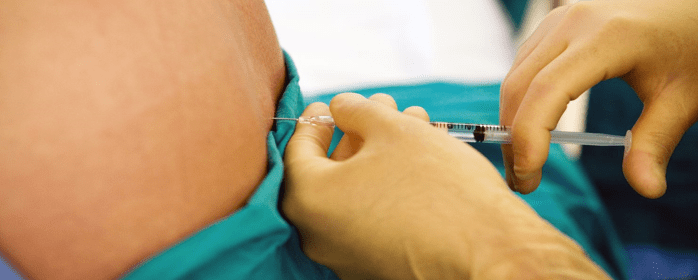Stem cells respond to signals released by damaged or diseased tissue by differentiating in an effort to replace these cells.
As researchers continue to learn more about the various applications of stem cells as they relate to the body’s healing process, they’ve discovered two significant issues relating to the process of stem cell application. The first issue involves various methods that enable the stem cell transformation to targeted cells or successful engrafting. The authors of this review indicate that there are many proposed solutions to this issue, which are not covered as part of this review.
In this review, Maric et al. address the second known issue, analyzing cell homing. More specifically, understand how to direct the migration of most of the transferred cells to the desired location. Research has demonstrated that the greater the number of administered stem cells, the better the treatment outcomes. However, research has also indicated that there is a saturation plateau where no additional benefit has been achieved.
Previous studies have demonstrated positive results for non-invasive methods of stem cell transplant. However, it’s typical for stem cells to dissipate to other organs rather than to the brain, which are the targeted areas for a wide spectrum of neurodegenerative diseases.
Reviewing the existing research on stem cell homing, the authors draw a number of conclusions, including the location of the stem cell injection site impacts the homing results with better migration results when injections are closer to the targeted locations; preprocessing may increase homing efficiency; there are a number of potential methods that may improve the homing mechanisms; understanding the mechanism of neurodegenerative disease is essential to understanding the homing process and to predict the engraftment results; stem cells improve the plasticity of the brain; and that intrathecal application has many benefits, fewer adverse effects, and has been shown to be safe.
Additionally, Maric et al. raise issues that require further study, including evaluating the discrepancy between in vivo and in vitro results; paying more attention to the prospects of mathematical, physical, and computer models and simulations; investigation of real-time development and spatial information of the homing processes; and the need for a deeper understanding of homing mechanisms in homing mechanisms in intrathecal and other ways of administration.
The authors conclude that, in the case of neurodegenerative diseases, intrathecal application of stem cells via direct delivery to the cerebrospinal fluid has the advantage of no blood-brain barrier restriction, further study into the long-term study of what specifically slows the migration of injected cells is required.
Source: “Stem Cell Homing in Intrathecal Applications and Inspirations … – NCBI.” 13 Apr. 2022, https://www.ncbi.nlm.nih.gov/pmc/articles/PMC9027729/.


 St. Petersburg, Florida
St. Petersburg, Florida
